The Yellow-footed Green Pigeon (Treron phoenicopterus), alternatively referred to as the Yellow-legged Green Pigeon, is a striking pigeon species native to certain regions of South Asia. It is among the commonly found species of green pigeons within the Indian subcontinent. In local parlance, it is known as “Hariyal” and holds the honor of being designated as the state bird of Maharashtra. Below is a brief overview of this remarkable bird:
Yellow-footed Green Pigeon
The Yellow-footed Green Pigeon is known to inhabit a wide variety of wooded environments, including dry and wet deciduous forests, secondary growth areas, scrublands, tree groves in open landscapes, agricultural land, villages, overgrown gardens, and tree-lined roads. These pigeons exhibit social behavior, typically living in groups.
They are often encountered in pairs or small gatherings ranging from 5 to 10 individuals, although at times they form large congregations numbering in the hundreds. I had the opportunity to come across a flock of approximately 100 yellow-footed green pigeons during a photographic expedition in Calcutta, West Bengal.
Around Christmastime, at the end of December 2012, I was accompanied by a friend who also serves as a District/Divisional Forest Officer (DFO) in the state forest department. I used my Nikon D7000 digital SLR camera along with a basic Nikon telephoto lens with a focal length of 70–300 mm.
This endeavor aimed to demonstrate to my students that exceptional photographs could be captured even with the most affordable telephoto lens in the world, which is available for approximately $170 USD. This unique encounter allowed us to appreciate both the beauty of these pigeons and the potential of budget-friendly camera equipment.
Appearance and Description
The yellow-footed green pigeon is known for its distinctive appearance, which includes the following features:
- 1. Size: These pigeons are of medium size, typically measuring around 29 to 34 centimeters (approximately 11 to 13 inches) in length.
- 2. Plumage: The most striking feature of the Yellow-footed Green Pigeon is its vibrant and colorful plumage in adult males. Although the females could come off as a little dull in comparison, both sexes are similar-looking.
- 3. Legs: They have bright yellow legs, which are a prominent characteristic and give the species its name.
- 4. Body: The upperparts, including the wings and back, are a brilliant shade of green. The head and neck may have a somewhat paler green hue.
- 5. Underparts: The underparts of the pigeon are usually paler in color, with a yellowish tinge on the belly.
- 6. Eyes: Yellow-footed green pigeons typically have reddish-brown eyes.
- 7. Bill: Their bills are relatively small and are typically bluish-gray in color.
This pigeon’s striking appearance makes it easily recognizable, particularly due to its vivid green plumage and distinctive yellow legs.
Habitat
The Yellow-footed Green Pigeon can be found in a variety of habitats within its range in South Asia. Here’s an overview of its habitat preferences:
Forests
Yellow-footed Green pigeons are often associated with forested environments. They inhabit:
8. Deciduous Forests: These pigeons are commonly found in deciduous forests, where trees shed their leaves seasonally. The presence of fruit-bearing trees is essential for their food supply.
9. Mixed Woodlands: They can also be seen in mixed woodlands, which contain a combination of both deciduous and evergreen trees.
10. Scrublands: In addition to dense forests, they may frequent scrublands with suitable vegetation.
11. Orchards and Gardens: These pigeons can adapt to human-altered landscapes and are sometimes seen in orchards and gardens with mature fruit-bearing trees. The availability of fruits in such environments attracts them.
12. Urban Areas: Occasionally, Yellow-footed Green Pigeons may venture into urban or suburban areas with abundant tree cover, particularly where fruiting trees are present.
13. Geographic Range: Their habitat includes regions with warm and tropical climates, primarily in South Asia. This range encompasses countries such as India, Sri Lanka, Nepal, and parts of Pakistan.
Behavioral Adaptations to Habitat
These pigeons are agile and skilled fliers, which allows them to move between trees and forage for fruit. They are known to gather in flocks, which is a common behavior when searching for food. Their preference for habitats with fruiting trees aligns with their frugivorous diet, as these trees provide a crucial food source. While they can adapt to a range of habitats, the presence of suitable fruiting trees is a key factor influencing their choice of habitat.
Hariyal Bird Photos
Behavior and Diet
The behavior and diet of the Yellow-footed Green Pigeon are fascinating aspects of this bird’s ecology.
Behavior
14. Foraging in Groups: Yellow-footed green pigeons are social birds that often forage in flocks. These flocks can be quite large, especially when they are feeding on fruiting trees. The communal nature of their foraging allows them to locate and exploit food sources more efficiently.
15. Swift and Agile Flight: They are skilled fliers, known for their swift and agile flight. This agility helps them navigate through the forest canopy and quickly move between trees to find food.
16. Nesting Behavior: Like many pigeons, they are known for their nesting behavior. They construct nests in trees, often in a cup-shaped structure made of twigs and leaves. These nests are used for breeding and raising their young.
17. Vocalizations: Although they are not notably vocal compared to certain bird species, Yellow-footed Green Pigeons do emit soft cooing or whistling sounds, particularly during courtship and when communicating within the flock. Their call consists of a sequence of approximately ten melodious and mellow whistles, often serving as the initial indicator of their presence in an area.
18. Roosting Behavior: Yellow-footed Green Pigeons are known to roost communally, often gathering in large groups in favored roosting sites, such as dense tree canopies, particularly during the night.
Diet / Food
19. Frugivorous Diet: The primary component of the Yellow-footed Green Pigeon’s diet is fruit. They are considered frugivores, meaning their diet is primarily composed of fruits.
20. Ficus Figs: One of their favorite food sources is figs, especially those from various species of Ficus trees. They play a significant role in dispersing the seeds of these trees through their droppings, aiding in forest regeneration.
21. Wide Variety of Fruits: Apart from figs, they consume a variety of other fruits, berries, and crops, depending on what is seasonally available in their habitat.
22. Buds and Young Shoots: In addition to fruits, Yellow-footed Green Pigeons also feed on buds, young shoots, and tender plant parts, especially when fruits are scarce.
23. Seeds and Edible Grains: They may ingest seeds and some edible grains, although these are not their primary food items.
Their foraging behavior is essential for their survival and also plays a crucial role in maintaining the health of the ecosystems they inhabit. Through their consumption of fruits and subsequent seed dispersal, they contribute to the regeneration and diversity of plant species in their habitat.
Distribution
The yellow-footed green pigeon is primarily found in parts of South Asia. Its range includes several countries in the Indian subcontinent. Here is an overview of its distribution:
24. India: Yellow-footed green pigeons are widespread in India and can be found in various states and regions. They inhabit both the northern and southern parts of the country, including states like West Bengal, Maharashtra, and others. They are particularly common in regions with suitable habitat, such as deciduous forests and areas with fruiting trees.
25. Sri Lanka: These pigeons are also found in Sri Lanka, primarily in forested regions, gardens, and other areas with abundant fruit-bearing trees.
26. Nepal: Yellow-footed green pigeons have been reported in Nepal, primarily in the southern lowland Terai region. They are less common in the higher elevations of the country.
27. Pakistan: Parts of Pakistan, particularly in the southern and western regions, fall within the range of this species. They can be seen in suitable habitats like scrublands and wooded areas.
Habitat Variation
Within their range, Yellow-footed Green Pigeons are adaptable to various habitats, including deciduous forests, mixed woodlands, scrublands, orchards, gardens with fruiting trees, and even urban areas with mature trees. They are often associated with areas where fruiting trees provide a significant part of their diet.
Please note that while they are found in these countries, their distribution within each country can vary, influenced by factors like habitat availability and local conditions. Observing these pigeons in their natural habitat can be a delightful experience due to their striking appearance and social behavior.
Conservation Status
The Yellow-footed Green Pigeon was categorized as a species of “least concern” on the IUCN Red List, indicating that it was not considered to be facing a significant risk of extinction. However, the conservation status of species can change over time due to various factors, including habitat loss and fragmentation.
Please note that it’s important to check for the most recent conservation assessments and data to get an accurate picture of their current status. Conservation efforts to protect their habitats and food sources are vital for the continued well-being of these striking pigeons.

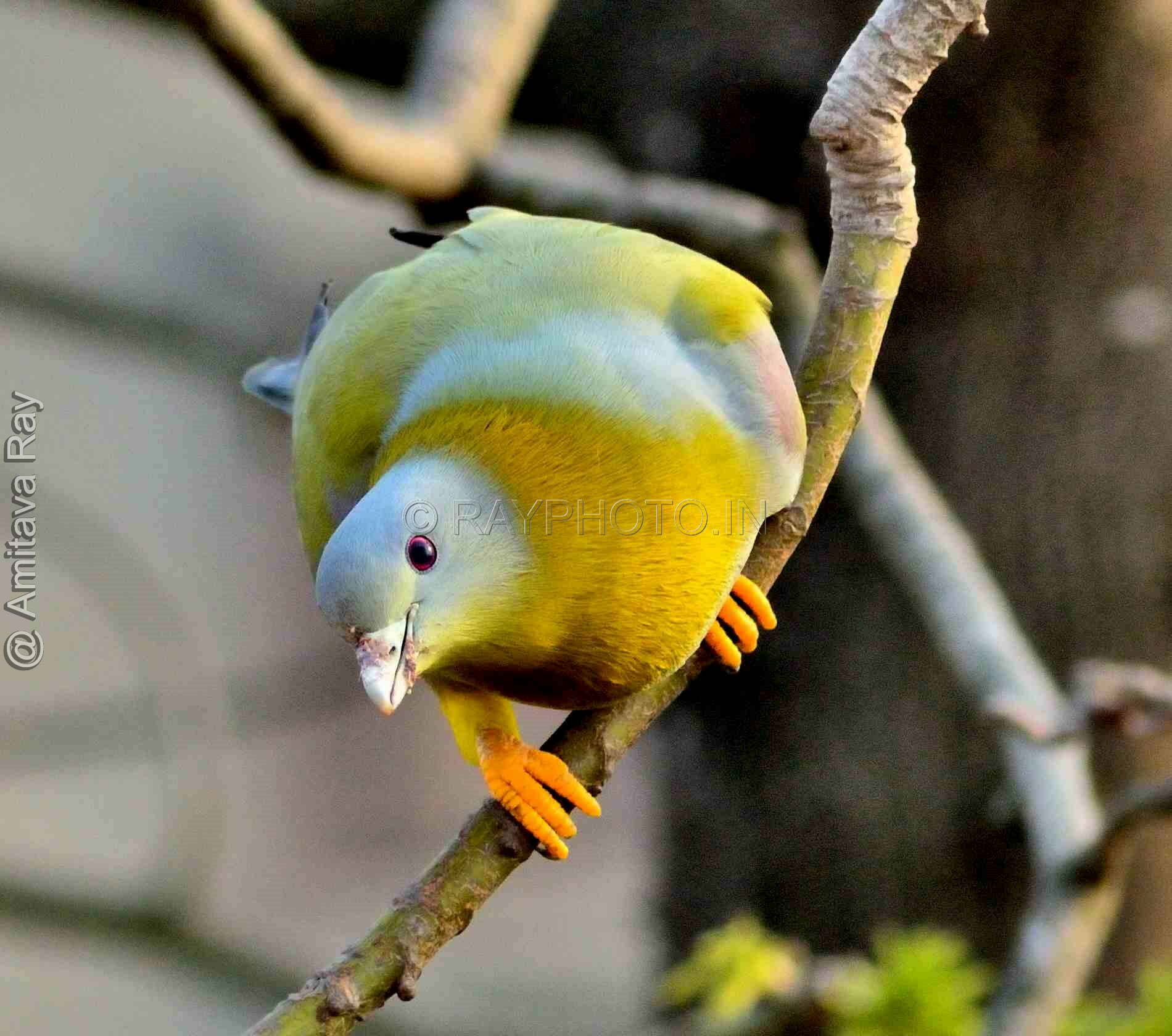

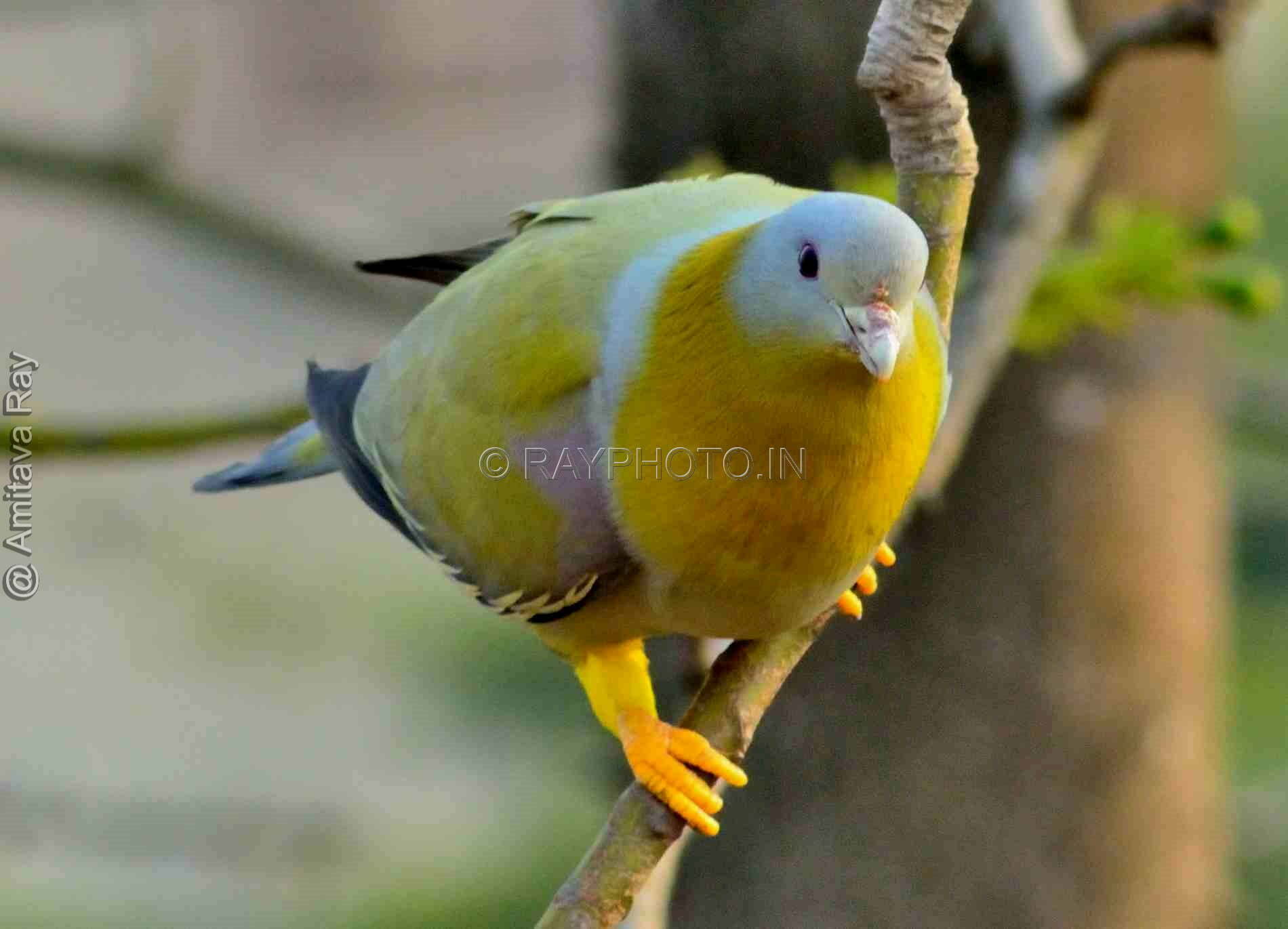
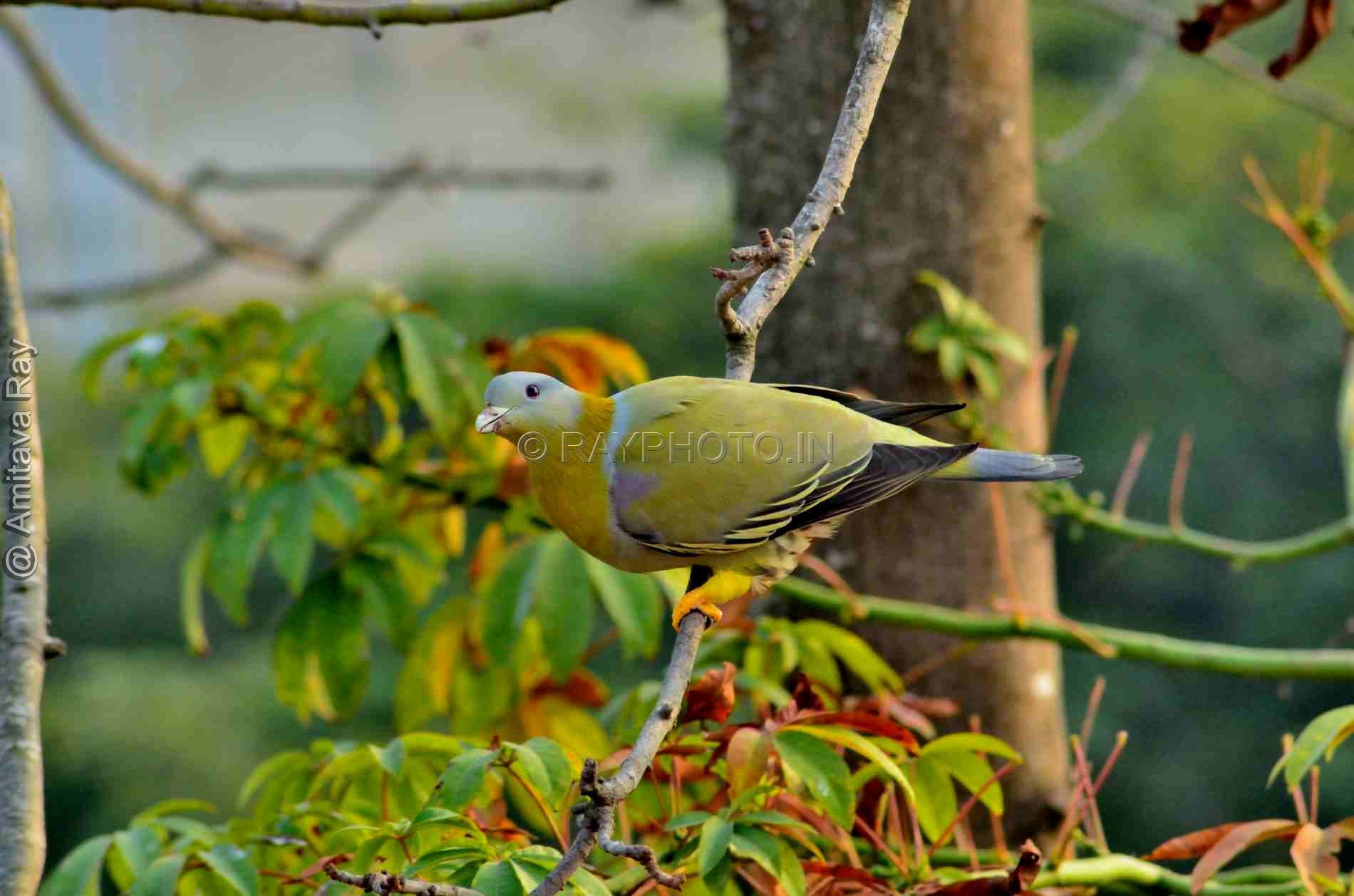
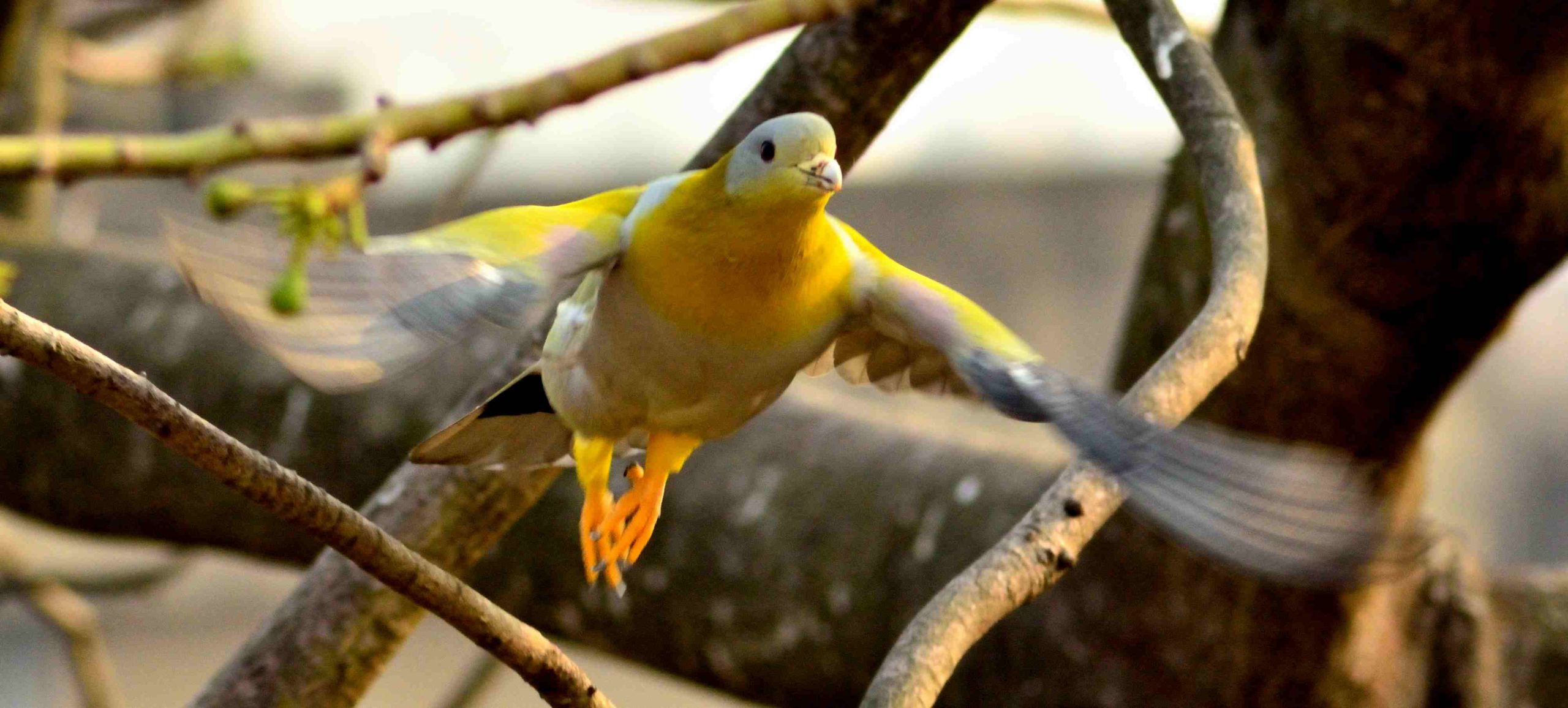
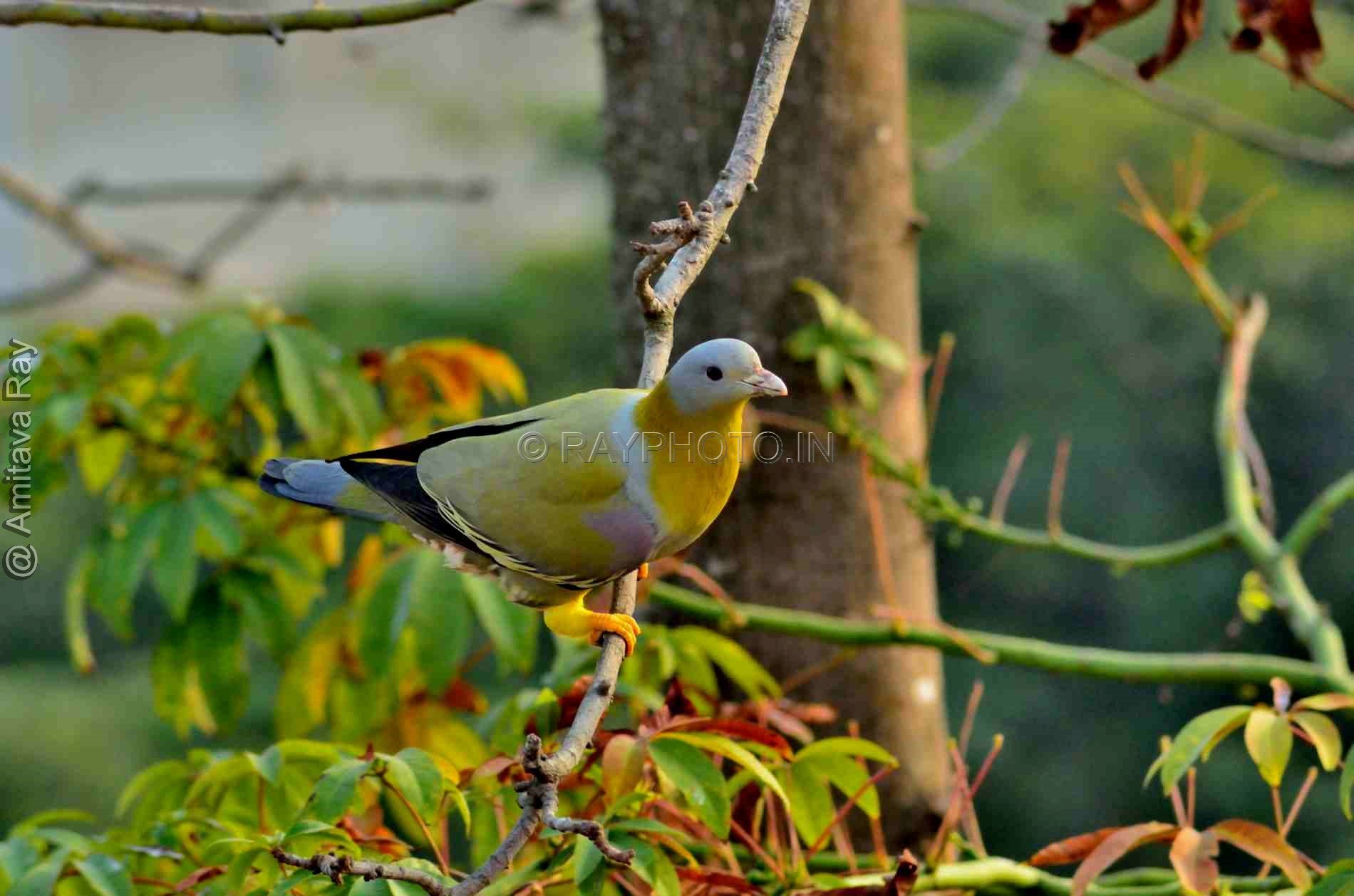



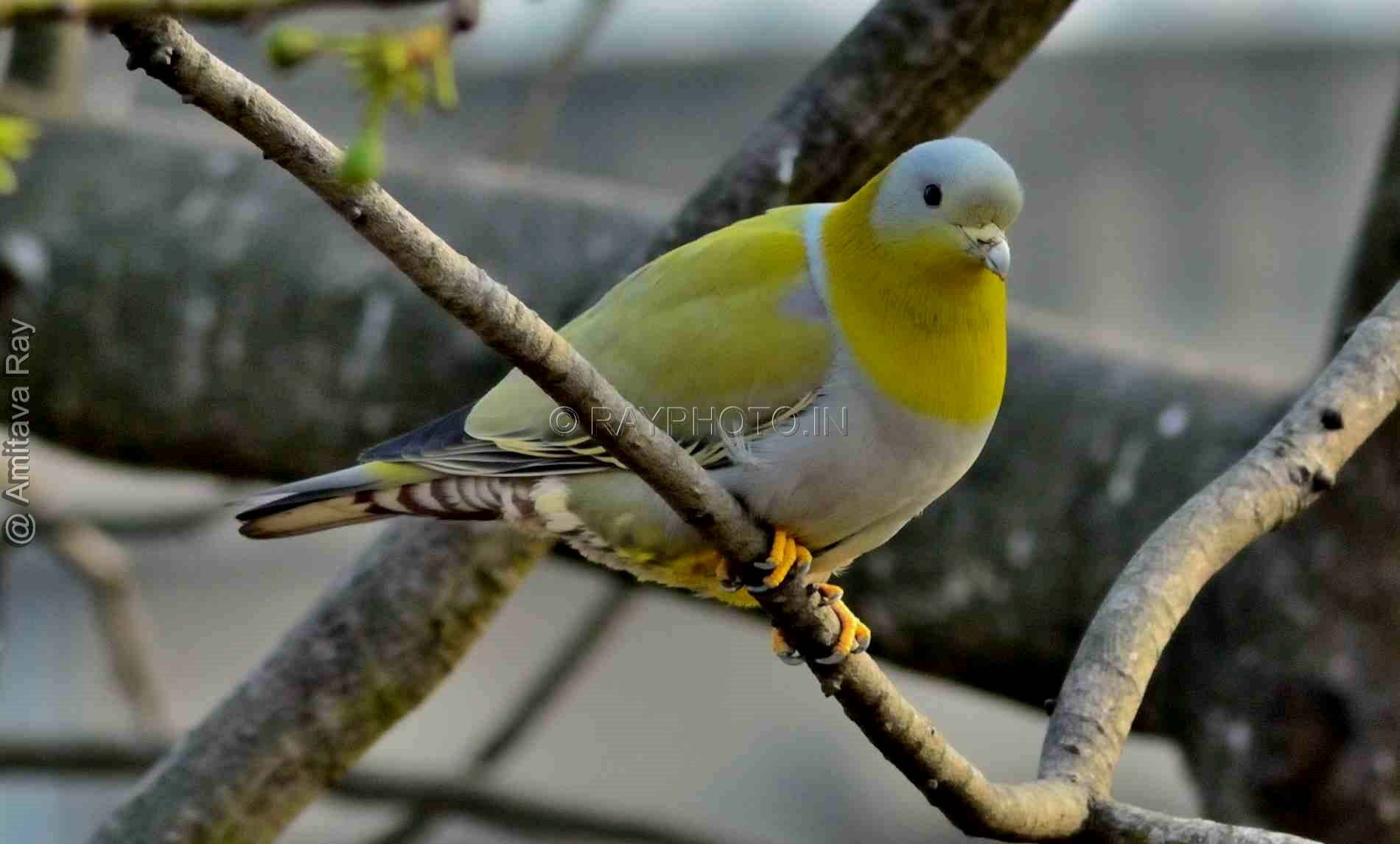

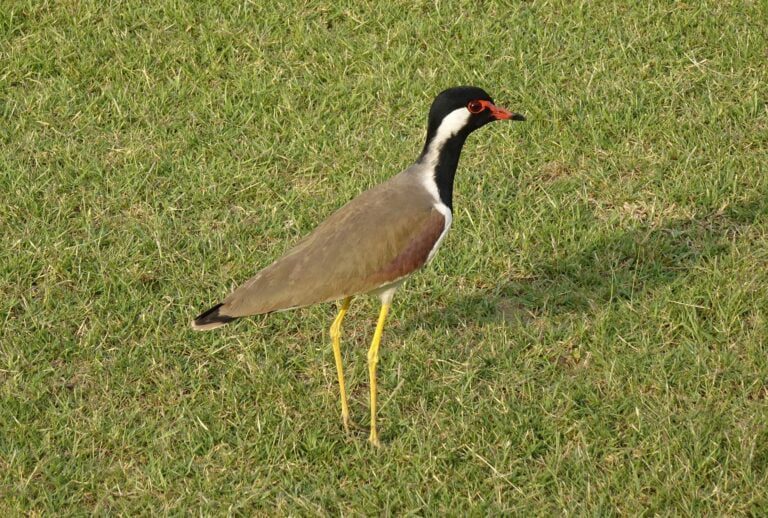
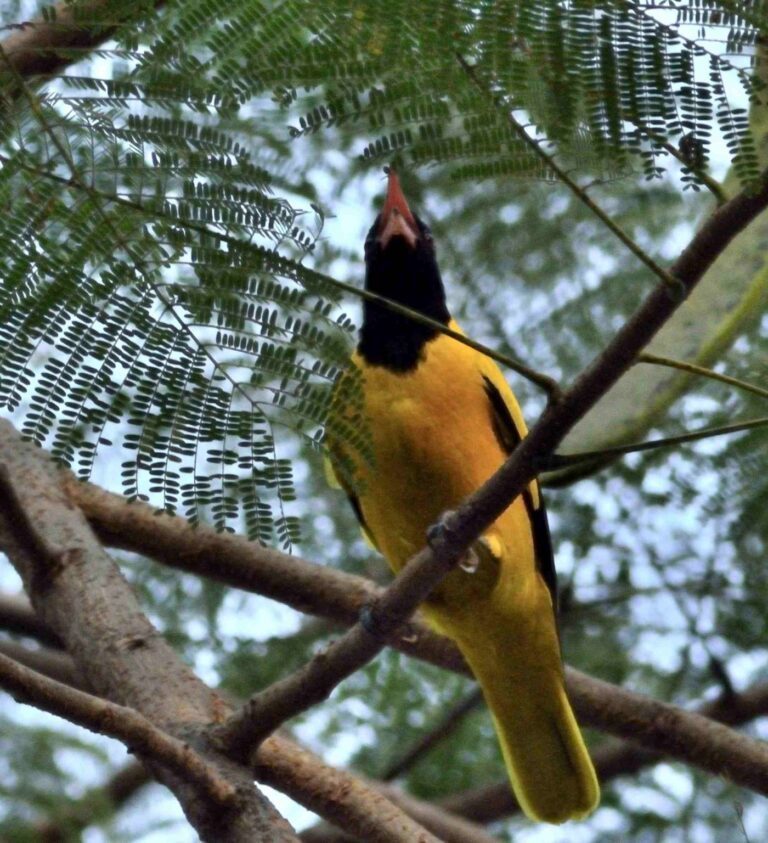
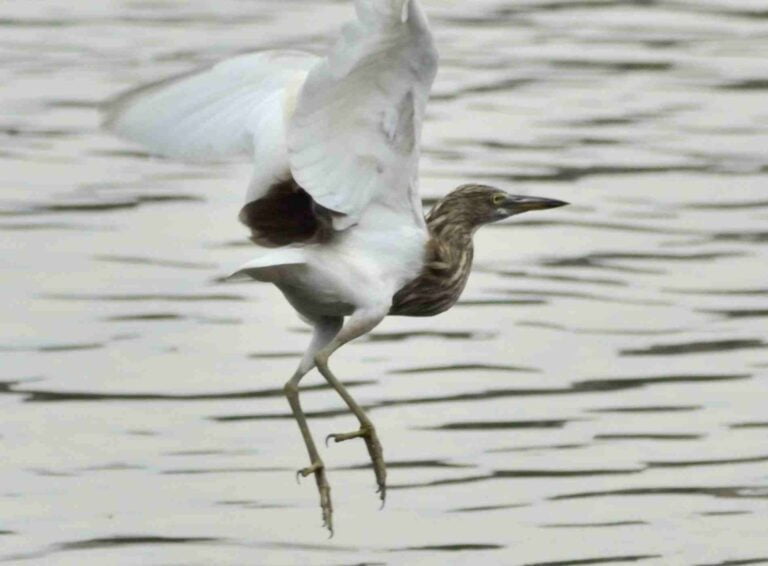
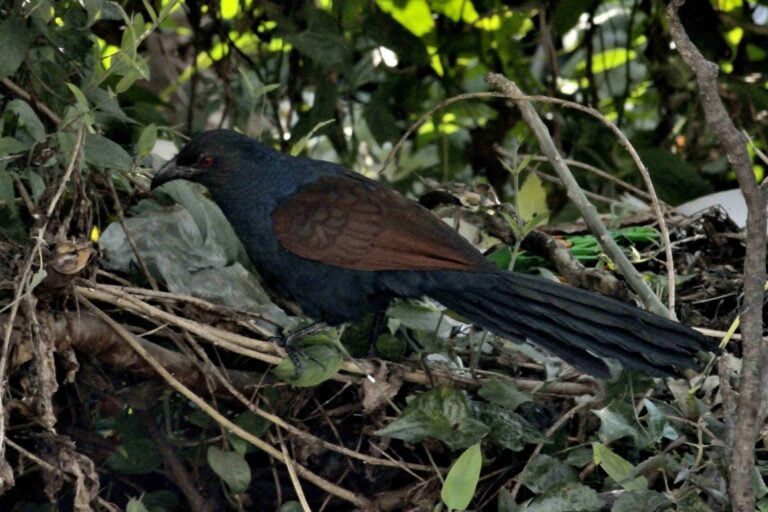

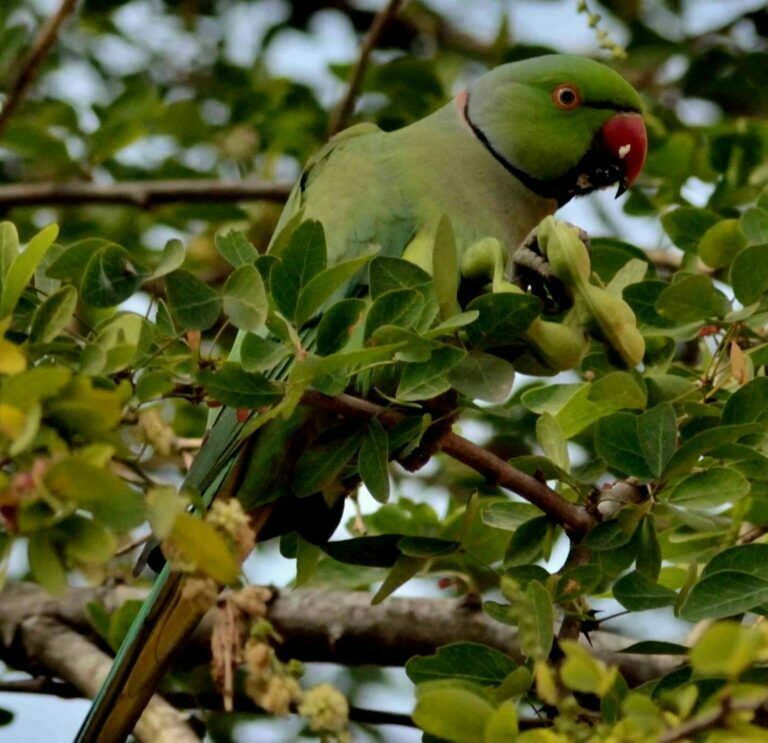
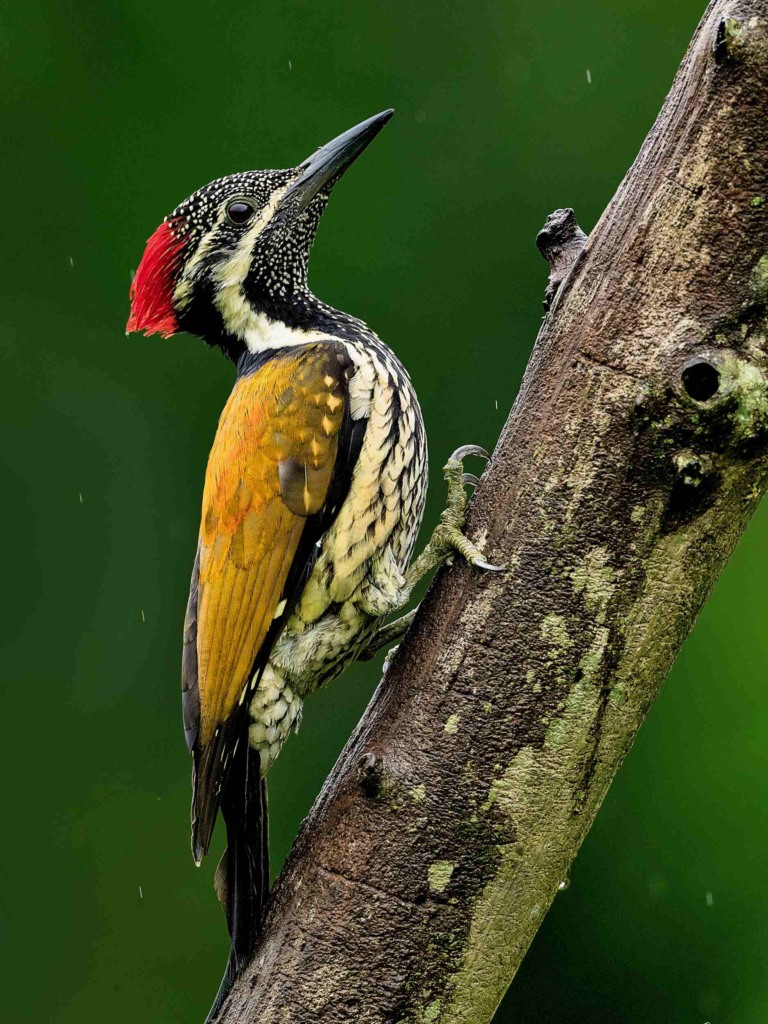
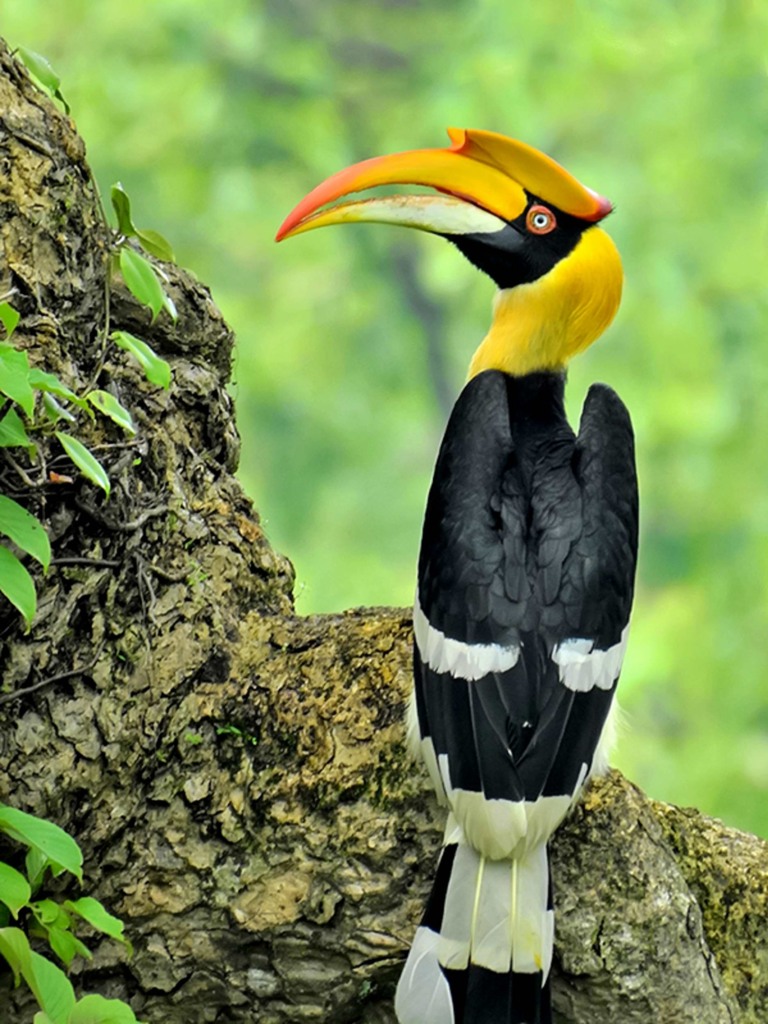
Nice clicks, I wonder how do you capture such moments…. 🙂
Your priceless comments dedicates me too much hence makes it easier for capturing such moments….. 😊